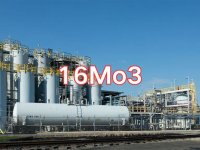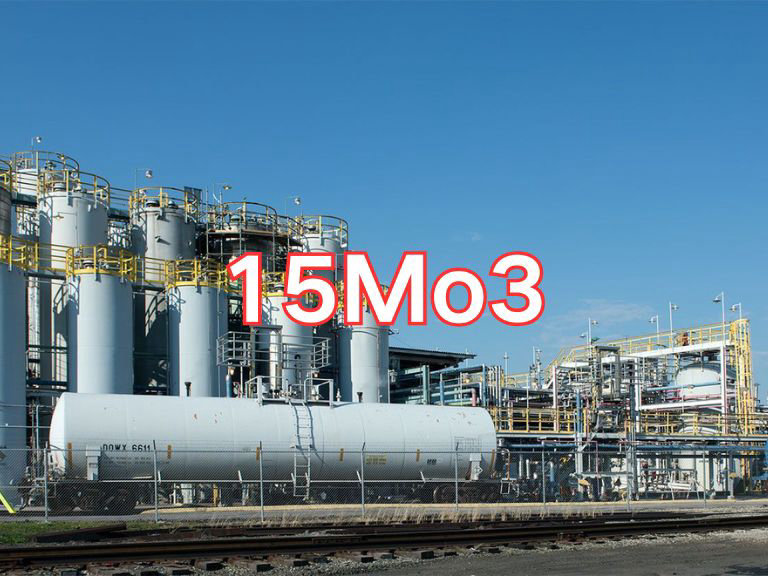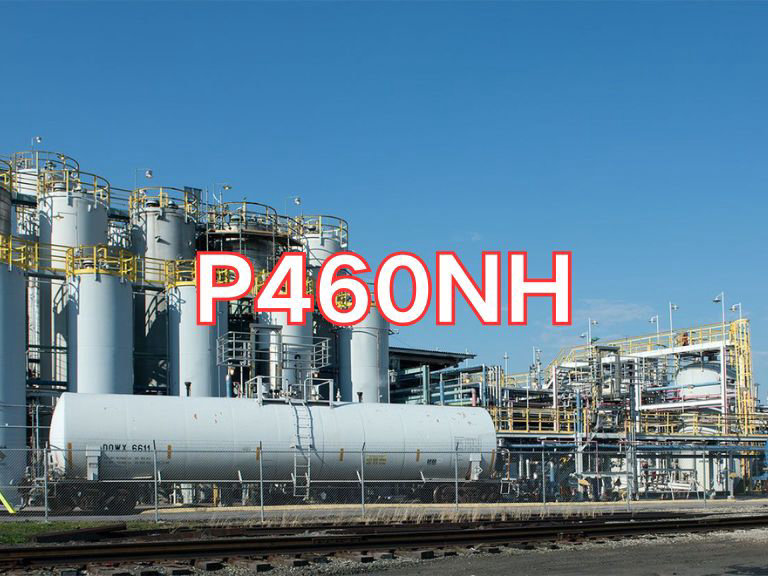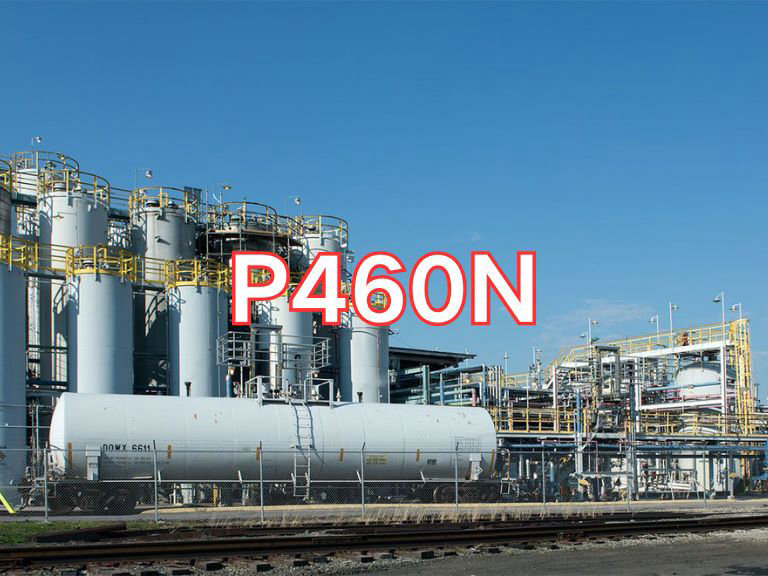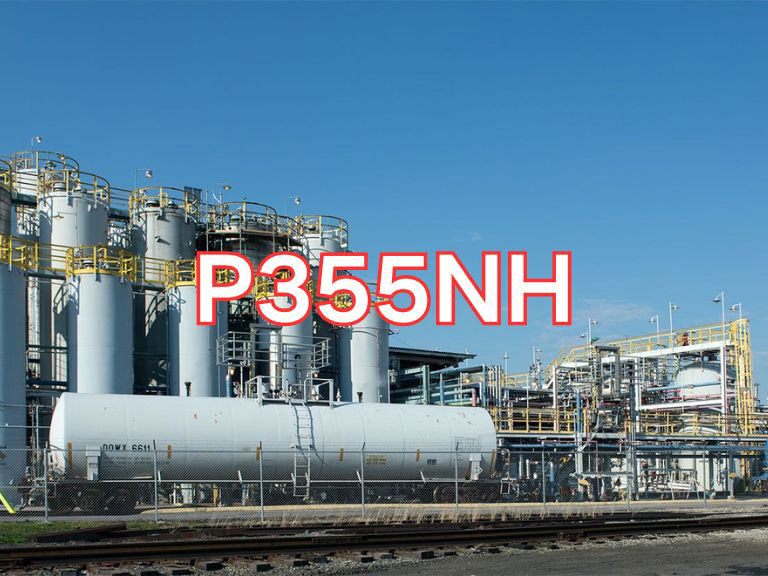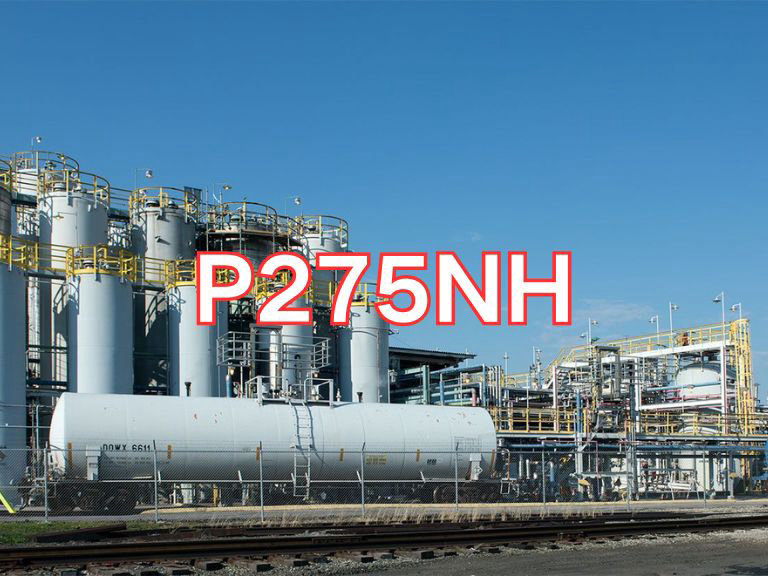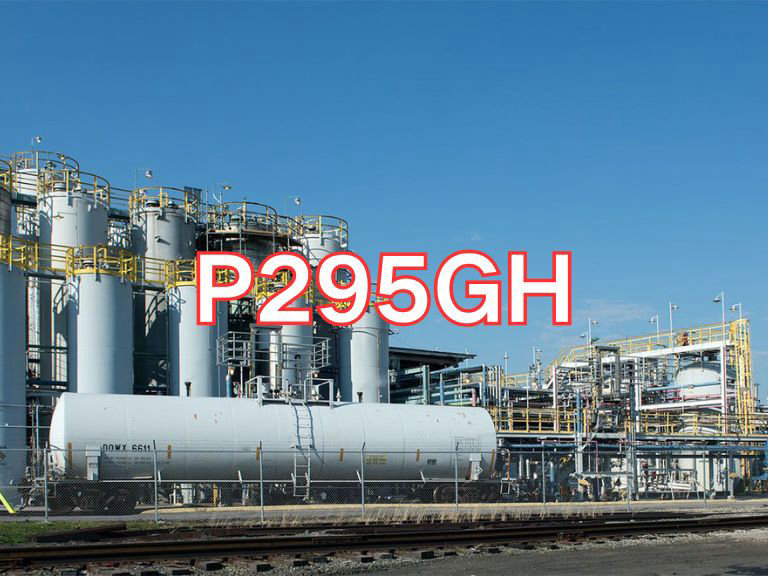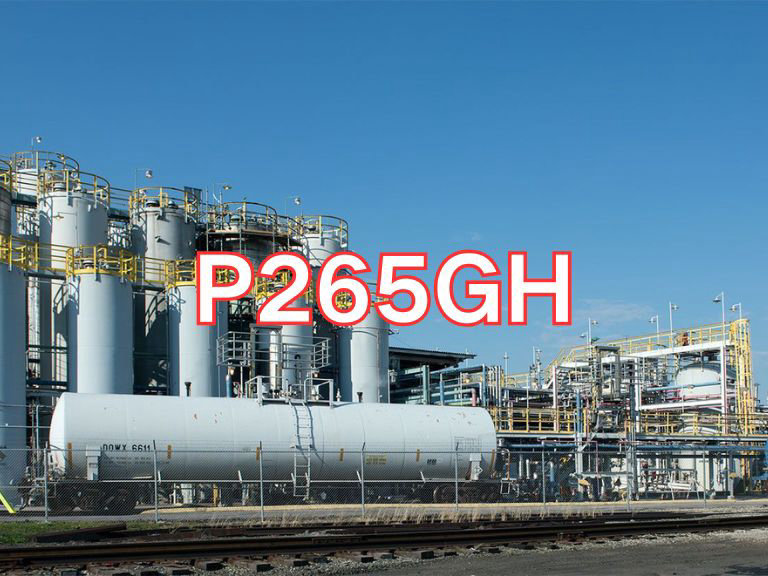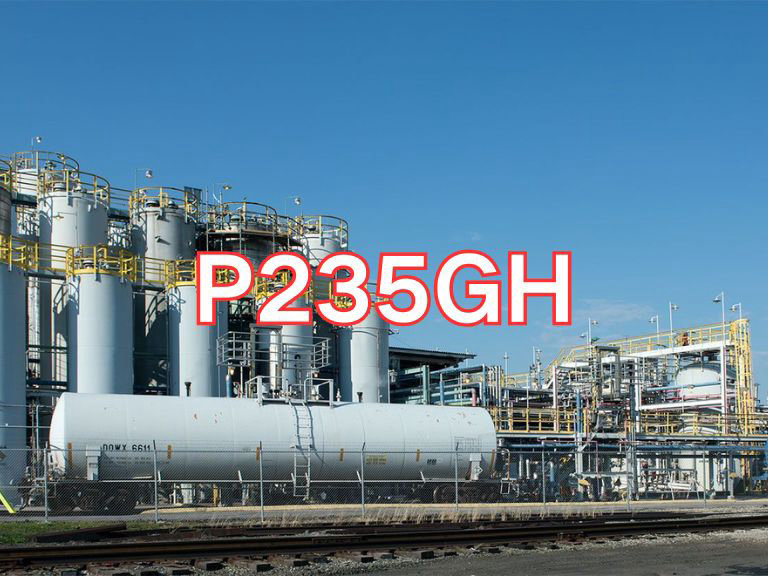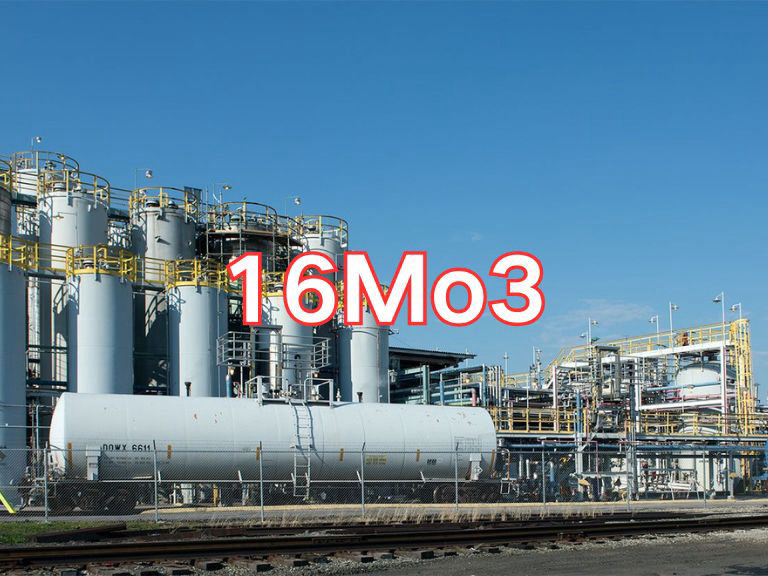

16Mo3
16Mo3 steel plate is a low-alloy heat-resistant steel specifically designed for pressure equipment subjected to sustained stress in high-temperature environments. It is widely used in medium-temperature and medium-pressure boilers, pressure vessels, and piping systems. Its technical requirements are primarily governed by the European standard EN 10028-2:2022 "Flat products made of steels for pressure purposes – Part 2: Non-alloy and alloy steels with specified elevated temperature properties". This standard is the core international specification for pressure equipment steels, clearly defining the chemical composition, mechanical properties, high-temperature strength, impact toughness, dimensional tolerances, test methods, and quality assurance requirements for 16Mo3. As a classic alloy steel grade within the EN 10028-2 standard, 16Mo3 has been long and widely used in Europe and in countries adopting the European Pressure Equipment Directive (PED), suitable for pressure components operating at temperatures up to 500°C. It is a technically mature and extensively applied high-temperature pressure material in industrial applications.
The designation "16Mo3" consists of three parts: "16" indicates an average carbon content of approximately 0.16% (expressed in hundredths of a percent), placing it in the low-carbon steel category. This ensures adequate strength while maintaining good weldability and toughness; "Mo" is the chemical symbol for molybdenum; "3" signifies a molybdenum content of approximately 0.30%. The addition of molybdenum is the key feature of 16Mo3 steel. Molybdenum significantly enhances the steel’s high-temperature strength and creep resistance. In the medium-temperature range of 450–500°C, molybdenum forms fine, stable carbides (such as Mo₂C), effectively hindering grain boundary sliding and dislocation movement, thereby improving the steel’s microstructural stability and resistance to deformation under long-term high-temperature service. Additionally, 16Mo3 typically contains appropriate amounts of manganese (Mn) and silicon (Si), and may be deoxidized with aluminum (Al) to refine the grain structure, further optimizing its overall mechanical and processing properties.
The primary applications of 16Mo3 steel plate are in the energy, power generation, petrochemical, and thermal systems sectors, suitable for manufacturing pressure equipment operating continuously under medium-temperature conditions, including:
Boiler Manufacturing: Used for high-temperature components such as superheaters, reheaters, headers, and steam pipes in industrial and power station boilers.
Pressure Vessels: Used in petrochemical industries for reactors, heat exchanger shells, separators, and storage tanks operating at elevated temperatures.
Piping Systems: Used as tube billets or connecting structural parts for high-temperature steam, hot oil, or thermal fluid pipelines.
Heat Exchange Equipment: Used for manufacturing heat exchanger shells and tube sheets operating under high-temperature conditions.
Key characteristics include: excellent high-temperature strength (maintaining high allowable stress below 480°C), good creep resistance, excellent weldability (requiring preheating of 150–250°C, with post-weld stress relief annealing recommended to eliminate residual stresses), and favorable cold and hot formability. As a technically mature and reliable low-alloy heat-resistant steel, 16Mo3 plays a critical role in ensuring the safe, stable, and long-term operation of high-temperature pressure equipment and remains an indispensable high-temperature structural material in modern industry.

Ultrasonic Testing (UT)
A key non-destructive testing technique that uses high-frequency sound waves to detect internal flaws in steel plates. The probe emits sound waves, which reflect when encountering defects such as cracks or inclusions. The receiver captures the echoes, enabling precise determination of defect location and size. With high sensitivity, strong penetration, and fast inspection speed, UT effectively ensures internal quality, widely used in the production of heavy plates, pressure vessel plates, and other high-end products to guarantee safety and reliability.

Magnetic Particle Testing (MT)
A common surface inspection method that magnetizes the workpiece, causing leakage magnetic fields at surface or near-surface defects like cracks or inclusions, which attract magnetic particles to form visible indications. Simple to operate and highly sensitive, MT is suitable for rapid inspection of surface and near-surface flaws in ferromagnetic materials, widely used for online or offline inspection of plate edges, ends, and welds, ensuring product quality and safety.

Penetrant Testing (PT)
A non-destructive method for detecting surface-breaking flaws. A penetrant liquid is applied to the cleaned steel surface, allowing it to seep into defects such as cracks or pores. After removing excess penetrant, a developer is applied, causing the trapped penetrant to bleed out and form visible indications. Simple and cost-effective, PT is suitable for inspecting surface defects in various non-porous materials, commonly used for welds, castings, and complex components, effectively ensuring surface quality of steel plates.

